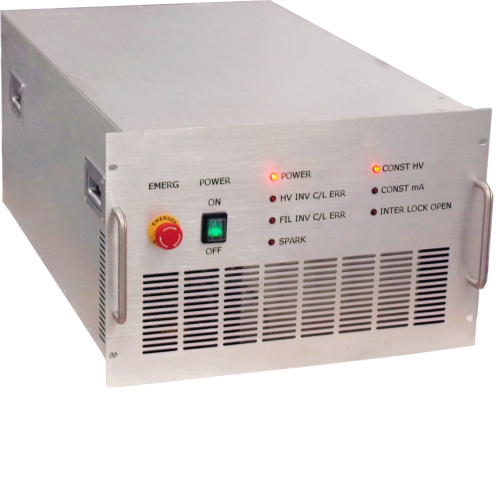cupoftea
Advanced Member level 5
Hi,
Do you know how high in output voltage that PSFB's usually go to? (1kW power level)
Vin is 240VAC mains ultimately..then Boost PFC, so 400VDC is input.
What is that voltage and power level where diode/capacitor multipiers are pretty much necessitated?
Do you know how high in output voltage that PSFB's usually go to? (1kW power level)
Vin is 240VAC mains ultimately..then Boost PFC, so 400VDC is input.
What is that voltage and power level where diode/capacitor multipiers are pretty much necessitated?



